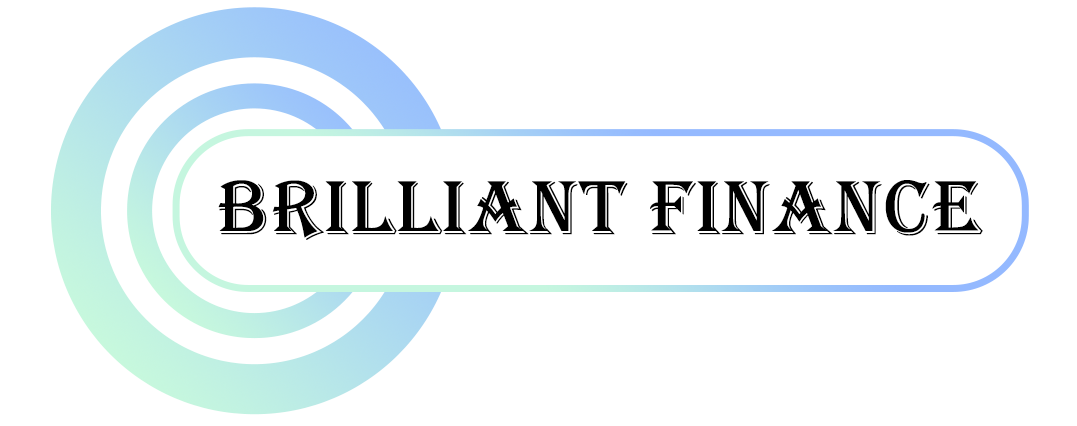Overdraft Facility
Overdraft loan: An arrangement allowing account holders to withdraw more funds than available, providing a temporary financial buffer within specified limits.
Apply for Overdraft Facility
About Overdraft Facility
0 INR
0 INR
0 INR
overdraft loan Exploring Business Overdraft Facilities and Application Process
Overdraft loans serve as flexible financial tools, offering businesses and individuals access to additional funds beyond their account balance.
Understanding Overdraft Loan:
An overdraft loan, often associated with a checking account, allows the account holder to withdraw funds exceeding their available balance. It acts as a revolving credit line, providing immediate access to extra funds when needed. Overdraft loans are valuable for managing short-term cash flow gaps and unforeseen expenses.

Exploring Overdraft Accounts:
Overdraft accounts offer a safety net by allowing transactions that exceed available funds, preventing declined payments or returned checks. This facility is convenient for businesses and individuals to manage occasional financial gaps or unexpected expenses without disrupting transactions.
Benefits of Business Overdraft Facilities:
For businesses, an overdraft facility is a valuable resource, ensuring uninterrupted operations during cash flow fluctuations. It serves as a buffer, covering expenses when accounts receivable delays or unexpected expenditures arise. This flexibility in managing finances aids in sustaining smooth business operations.
Application Process for Overdraft:
Applying for an overdraft typically involves contacting your bank and expressing interest in the facility. Banks assess the applicant’s creditworthiness, financial history, and relationship with the institution before approving the overdraft. The process may vary among banks, and some may offer instant overdraft approvals for eligible customers.
Factors Considered in Overdraft Approval:
Banks evaluate several factors when considering overdraft applications. A solid credit history, consistent income, and a good banking relationship are crucial. Understanding your financial needs and providing accurate information during the application process enhances the chances of approval.
Banks Offering Instant Overdraft Facilities:
Several banks prioritize customer convenience by providing instant overdraft facilities. These banks leverage digital processes and pre-existing customer data to expedite the approval process. Researching banks with such offerings can be beneficial for those seeking immediate access to overdraft facilities.
Optimizing Overdraft Facility Usage:
Managing an overdraft facility effectively involves using it as a short-term financial solution rather than a long-term debt instrument. Monitoring account balances, minimizing overdraft usage, and repaying overdraft amounts promptly contribute to maintaining a healthy financial position.
An overdraft loan facility acts as a safety net, enabling account holders to withdraw more funds than available, aiding in managing short-term cash flow gaps or unexpected expenses while preventing declined transactions or bounced checks. This flexible credit extension, essential for businesses and individuals, offers immediate access to funds within predefined limits, allowing for effective financial management during occasional fluctuations. However, utilizing an overdraft responsibly is crucial, considering it incurs interest charges and potential fees on the overdrawn amount.
Absolutely, diving deeper into the concept of overdraft facilities using the specified keywords:
—
Understanding Overdraft Loan Facilities: A Lifeline in Financial Flexibility
An overdraft loan facility, often a lifeline in financial management, operates as a buffer within one’s banking account. This unique offering permits account holders to withdraw more funds than currently available, effectively allowing a temporary negative balance within predefined limits. The allure of this facility lies in its ability to prevent declined transactions, bounced checks, or financial disruptions, particularly during unexpected cash flow gaps or sudden expenses.
The Mechanics Behind Overdraft Facilities:
Imagine having an account balance of $1000 and an approved overdraft limit of $500. With an overdraft facility in place, you can withdraw an additional $500, surpassing your available balance and entering a negative balance of -$500. This flexibility allows you to navigate financial hiccups without experiencing the inconvenience of rejected transactions.
Practical Implications for Businesses and Individuals:
For businesses, an overdraft facility serves as a financial cushion, essential during periods of fluctuating cash flow. It provides breathing space when faced with delayed payments or unforeseen expenses, ensuring operational continuity without hindrances caused by insufficient funds.
Similarly, for individuals, an overdraft acts as a safety net during emergencies or unforeseen expenses, sparing them from financial inconveniences and allowing them to address urgent needs promptly. Leveraging the Benefits with Responsible Usage:
While an overdraft loan facility provides immediate access to additional funds, it’s vital to approach its utilization with prudence. Though convenient, overdrafts incur interest charges and sometimes fees on the overdrawn amount. Understanding the terms, interest rates, and associated charges is crucial for responsible usage.
Application Process and Banking Options:
Applying for an overdraft involves contacting your bank or financial institution and expressing interest in this facility. Banks assess your creditworthiness, banking history, and income stability before approving overdrafts. Some banks even offer instant overdraft approvals for eligible customers, prioritizing convenience.
What are the documents required for Overdraft facility?
- Application form with photograph duly signed
- Valid Passport(Optional)
- Voter ID Card
- Aadhaar Card
- PAN card
- Valid Driving License
- Salary Slips, Bank Statement and Form 16 as an Income Proof.
- IT Returns and financial statements for the last 3 years.
- Processing fee cheque
- Last six-month bank statements
- Informal income documents
- Copy of Allotment letter/Seller's Agreement
- Receipt/s of payment made to builder/ developer
If you want to know about personal loan, business loan, loan against property and home loan visit.
https://thebrilliantfinance.com/index.php/loan-against-property/
